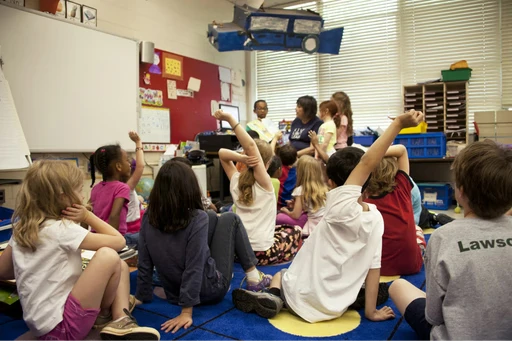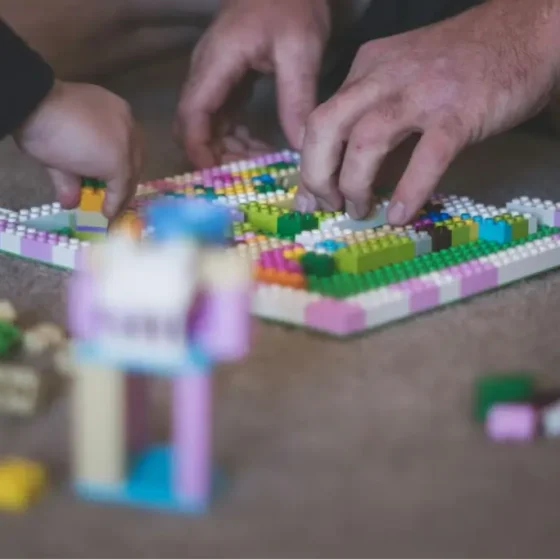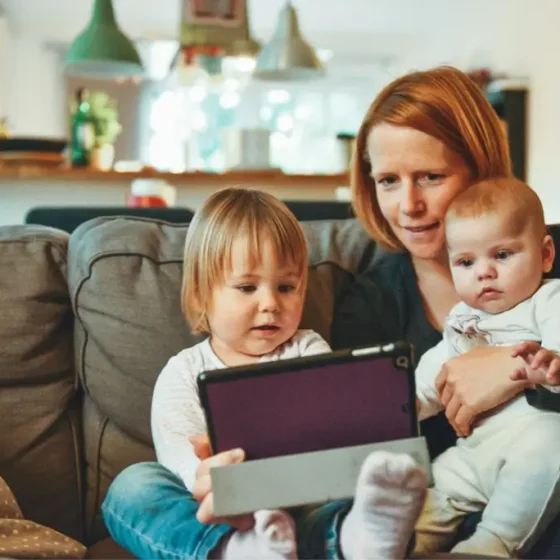Solution-oriented therapy focuses on addressing stressful situations by finding solutionsthat will help you feel better. It aims to bring about changes in a person’s client when launching their resources. focused on the present and future, so it is ideal for working with young people.
It assumes that positive intentions are hidden behind a person’s behavior, so they act and make decisions that are available to them at the moment. During group sessions, the supervisor and the group encourage create your own, new solutions that match the resources of teenagers.
The stage of growing up is associated with many changes in biological, psychological and social origin, which often affects self -esteem and self-confidence.
Such feelings can turn into learned helplessness – the feeling that it’s not worth putting in the effort and commitment, because nothing will work out anyway, no matter how much work is put in. Such thoughts about yourself increase the risk of depression and anxiety disorders.
Solution-oriented therapy teaches you how to counteract this with the help of creating a sense of freedom. by having different coping mechanisms for stressful situations and knowing how to choose them correctly, we can protect our self-esteem and increase self-confidence.


